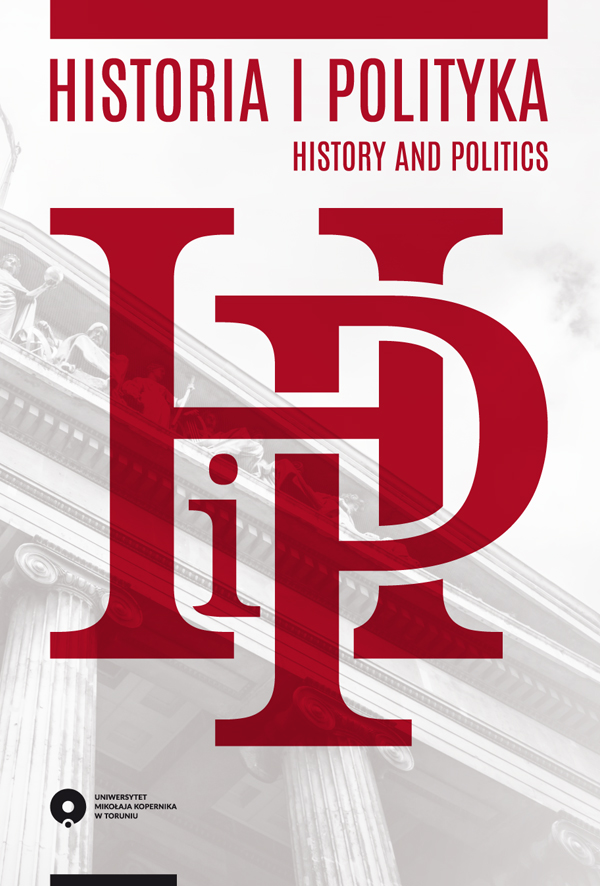Zarys historii politycznej Komunistycznej Partii Jugosławii (lata 1919-1929)
Outline of the political history of the Communist Party of Yugoslavia (1919-1929)
Author(s): Hubert StysSubject(s): Political history, Interwar Period (1920 - 1939), History of Communism
Published by: Wydawnictwo Naukowe Uniwersytetu Mikołaja Kopernika
Summary/Abstract: In the article the author sketches the history of the Communist Party of Yugoslavia in its first period of activity. Polish historiography hasn’t fully explored the theme of communism in Yugoslavia. The aim of this article is to fill in this blank space. Communism in Yugoslavia had two sources: the local social-democracy and the ideas of the Bolshevik revolution, which came from the East with southern Slovenes coming back home at the end of the world war. The Party, set up in 1919, embraced many different groups, so that the social base of the newly formed party was quite wide-ranging. The popularity of communist ideas was evident during the first elections in the Kingdom of Yugoslavia. The CPY won 58 seats in the parliament. But the radicalism of the party, which came along with some terrorist attacks of communist leftists, caused a negative reaction from the government and communists were banned. Since 1921, activists of the CPY had to operate underground. At the time, two groups in the party started a bitter fight to take control of the organisation. A great opportunity offered itself for the Communist International (Cl) to establish its full authority. In 1925 the Cl set up a commission whose role was to deal with Yugoslav problems. One of the famous leaders of the CPY Sima Markovic was sharply criticised, but still was allowed to act in the leadership. The policy of agreement enforced by the Cl achieved a total breakdown following the Third Congress of the CPY in 1926. Moscow had to seek some new leaders to re-establish unanimity. A group of Yugoslavs spending their time in the USSR were deemed perfect for the job. Mr. Markovic was finally removed from the party. In 1929, the decision of the leadership to start an uprising against the king’s power caused major damage to the party. Most of the leaders were arrested and put on trial, which led to their short-term imprisonment. In the article, we can compare two different people and two different types of political behaviour. Filip Filipovic was one of the leaders that put his own opinions and views aside, when Moscow tightened its grip on the communists. Sima Markovic was fighting till the end for his visions, however decisive the orders were. Both of them were in Russia in the second half of the 1930s. No matter how hard they tried to confirm their loyalty to Stalin, they were shot in purges 1938-1939. In the interwar period, the CPY was one of the strongest communist parties in Europe. Astonishing successes in 1920 and a considerable popularity in Yugoslavia, along with the party’s outstanding leaders, are the major reasons why this topic is worthy of exploration.
Journal: Historia i Polityka
- Issue Year: 2008
- Issue No: 7
- Page Range: 127-153
- Page Count: 27
- Language: Polish

